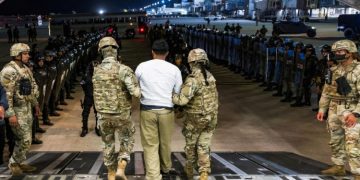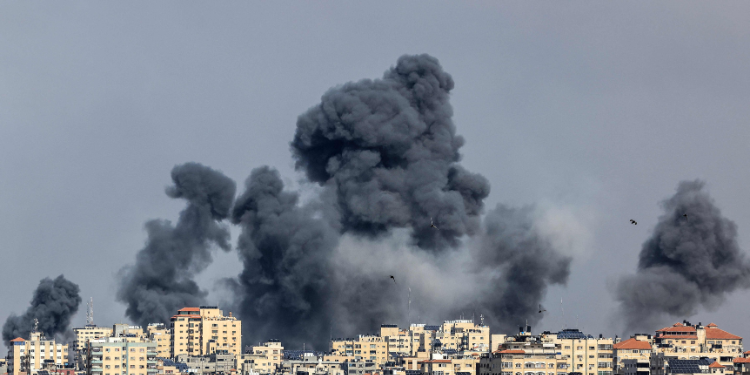High-tempo aerial campaign by Israel against Iran has left the whole world amazed, with Iran’s air defence systems, military bases and launch sites facing precision strikes and massive destruction recently.
This fete has left Russian defence analysts and military circles in conflict, with some high-ranking Russian officials beginning to question the reliability of their own systems.
Also Read: US Joins Israel – Iran War With 12 Aerial Refueling Tankers
The strikes against Iran have involved large-scale, advanced cruise missiles and multi-layered air assault strategies, a direct contrast to Ukraine, which has relied on cost-effective systems such as HIMARS launchers, modified drones, and older-generation AGM-88 HARM anti-radiation missiles to degrade Russian defences.
Operation Iron Sword
Tel Aviv has achieved unprecedented air dominance over Iran, particularly over its capital, Tehran, following a series of coordinated airstrikes launched on June 13, 2025.
The operation, named Operation Iron Sword by the Israel Defence Forces, aimed at countering Iran’s regional military activity and its nuclear program.
Dozens of Israeli Air Force fighter jets conducted a broad wave of airstrikes over Tehran overnight, targeting air defence infrastructure as part of Israel’s widening military response against Iran.
The operation included targeted killings of senior Iranian military officials, such as Hossein Salami, commander of the Islamic Revolutionary Guard Corps (IRGC), Amir Ali Hajizadeh, head of the IRGC Aerospace Forces, and Mohammad Mehdi Tehranchi, a key nuclear physicist.
These assassinations, facilitated by Mossad’s covert operations and a reported drone base near Tehran, dealt a severe blow to Iran’s military and nuclear leadership.
Iran’s reliance on asymmetric tactics, like proxy drones, has been neutralised by IDF’s precision strikes on systems like the Russian Tor-M1, a tactic rooted in Iran’s strategy but ineffective since Israel hacked Iran’s command structure.
Defence analysts in Moscow are reportedly acknowledging that Iranian systems, some modeled on or directly derived from Russian technologies, were unable to provide any sustained resistance even during the second day of Israeli airstrikes.
“Absolutely powerless air defence, when what we see in the crosshairs is all we’ve got,” an important in Russian military ranks stated.
Israel still far from defeating Iran
A 2019 RAND Corporation study confirms that 70% of modern conflicts have been decided by the side with air dominance. By June 14, Israeli officials claimed their aircraft were operating with “full freedom” over Tehran, conducting daytime strikes.
IDF’s operation was driven by intelligence indicating that Iran was on the verge of crossing the nuclear threshold, with Supreme Leader Ayatollah Ali Khamenei reportedly ordering a “full-scale sprint” toward developing a nuclear bomb.
Also Read: Adani $4.2 Billion Port in Haifa Rocked by Iranian Missile Strike
Iran retaliated with ballistic missiles and drone attacks, launching fewer than 100 missiles and over 200 drones on June 13, most of which were intercepted by Israel’s multilayered air defence system, with assistance from U.S. forces.
IDF’s ability to conduct sustained operations deep within Iranian territory, including daytime strikes over Tehran, underscores a significant power imbalance.
While Israel’s operation was highly effective, Iran’s remaining underground nuclear facilities, such as Fordow, may still pose a challenge, as Israel lacks the heavy munitions needed to destroy deeply buried sites.
Follow our WhatsApp Channel and X Account for real-time news updates.
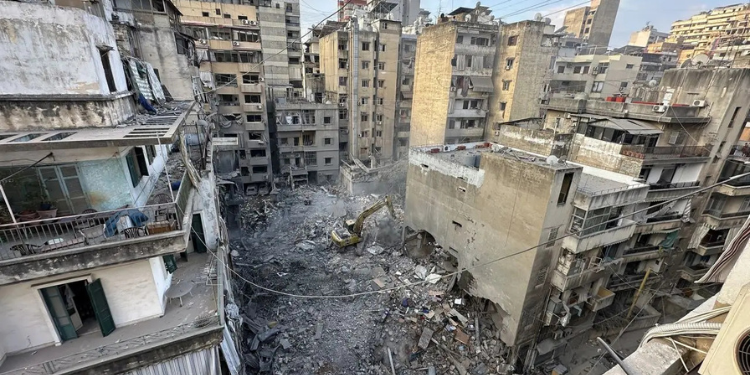





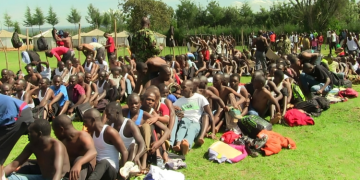



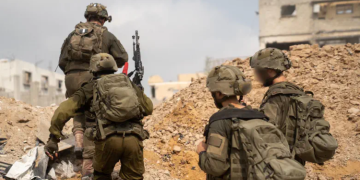




















![Understanding Endometriosis: Expert Breaks Down Causes, Symptoms And Treatment [Video] Dr. Joseph Njagi, A Renowned Endometriosis Specialist A Surgeon, Says That Period Pain Among Girls And Women Should Not Be Ignored As A Normal Thing, As It May Signal A Symptom Of Endometriosis]( https://thekenyatimescdn-ese7d3e7ghdnbfa9.z01.azurefd.net/prodimages/uploads/2025/08/Dr-Joe-Njagi-together-with-his-team-of-Doctors-in-a-theatre-room-360x180.png)





